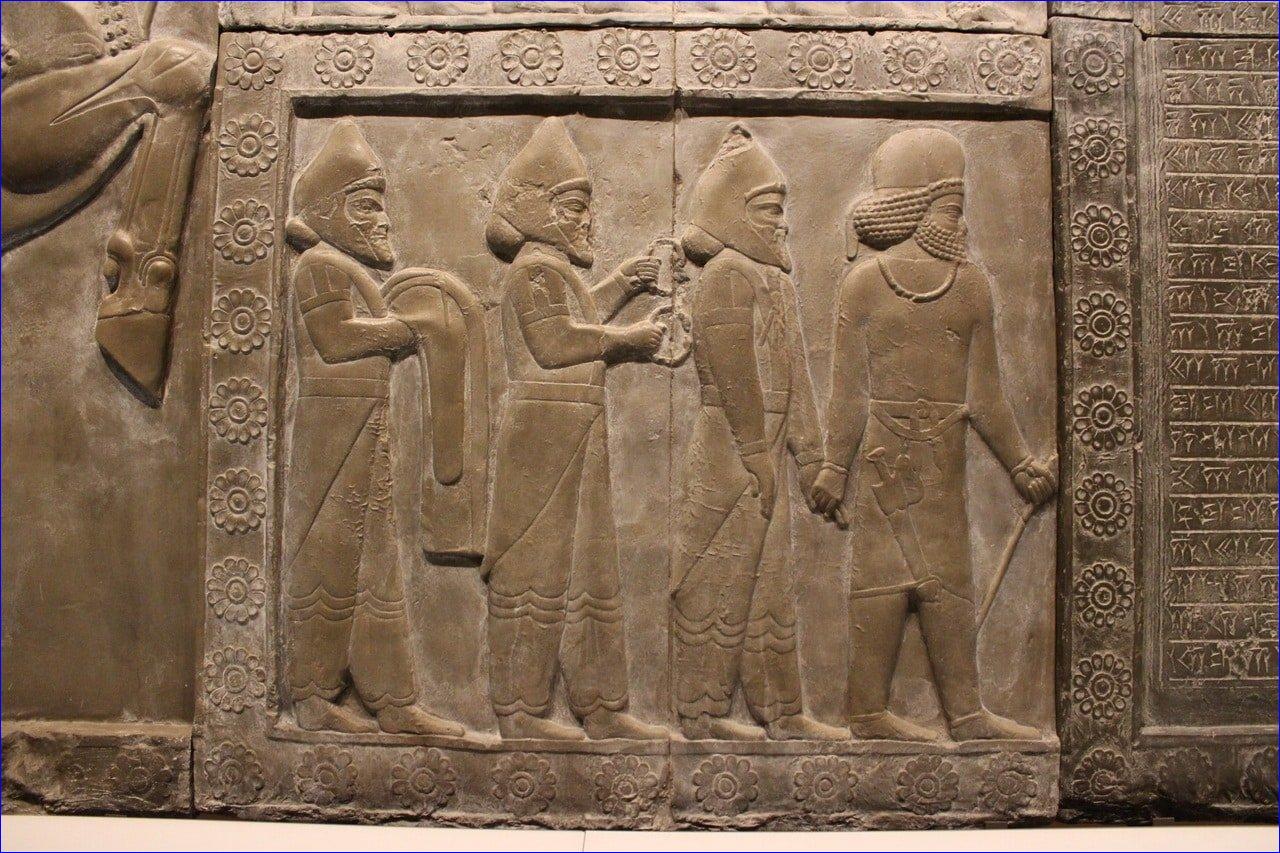


The perfume formula was discovered by archaeologists on a cuneiform tablet during excavations in Assur, the capital of the Old Assyrian city-state in what is modern-day Iraq. The tablet indicated the steps Tapputi used in producing her scents.
Inscriptions on the tablet displayed her full name as Tapputi-Belatekallim, with Belatekallim meaning "a female overseer of a house." Tapputi was also described as a producer of fine Mesopotamian perfumes.
The area where the tablets were discovered was part of Babylonian Mesopotamia in the second millennium BC, and the tablets date to 1200 BC.
An extensive investigation was carried out on Tapputi's Mesopotamian perfume-making methodologies by a team of Turkish scientists in cooperation with Turkey's Smell Academy and Scent Culture Association.
Apart from the perfume specialists, other experts from various fields have also taken part in the recreation processes of one of Tapputi's scents in a laboratory setting.
The prime aim of the scientists was to initially comprehend what the perfume maker did and then possibly duplicate her work in as much detail as possible.
Although the team has now partially achieved its goal of recreating the perfume, efforts to translate the content of the tablet and interpret Tapputi's work continue.
Ingredients used to make Mesopotamian perfume
According to inscriptions on the recovered tablets, it was revealed that Tapputi used a combination of different types of flowers, oil, calamus, Cyperus, myrrh, horseradish, spices, and balsam among other ingredients to make her ancient perfume.
Credit goes to the scholars who knew enough about the language used on the tablets, hence making it possible to translate what she had written.
Furthermore, Tapputi would mix her various concoctions with water or other solvents, distill them, and then filter her liquid product numerous times to create a purer and more pleasant-smelling Mesopotamian perfume formula.
Therefore, it was out of this complex jumble of Mesopotamian information that scientists were able to finally recreate one of her scent formulas in its entirety.
A famous ancient fragrance expert and Smell Academy and Scent Culture Association leader, Bihter Türkan Ergül, explained, "In these tablets, we were able to find answers to questions...[on] how she produced the scent and how she made the distillation process."
According to Ergül, each cuneiform on the tablet was another cause of excitement with a chance to travel back in time and experience the same ancient fragrances in a modern laboratory.
Cuneiform clay tablet
Tapputi's other secrets while making the ancient perfume
Upon deciphering the inscriptions, Ergül and her team of experts produced twenty-seven pages of translation from the tablets relating to perfume.
The scientists revealed that as a part of her methodology, Tapputi would work under a full moon while seeking communion with the stars in the night sky.
Tapputi's mysterious rituals in her Mesopotamian perfume-making activities is one of many secrets uncovered during translations of the tablet.
Ergül noted, "As the Fragrance Culture Association, we are keeping alive the scent traditions that have existed on these lands."
"We live on a land that has an 8,000-year-old scent culture," Ergül said.
Although all ingredients used in one of Tapputi's scents have been identified, proceeding beyond this point could be a challenge.
According to Cenker Atila, an associate professor and archaeologist from Sivas Cumhuriyet University, there are two problems his team has faced as they have attempted to learn more about Tapputi and her work.
He said, "One of them is that the tablets were broken and some important parts were lost."
"The second difficulty," he added, "is that some plants and containers used 3,200 years ago do not have the exact equivalent. For example, we do not know exactly what the 'hirsu' vessel is."
One can assume, however, that since it is used in the perfume distillation process, it likely refers to a container similar to a flowerpot. In addition, the fact that we do not know the current names of certain spices and flowers used in perfume production appears to be a crucial problem, Atila reported.
Mesopotamian rich soils attributed to the fragrances
According to Ergül, there were hundreds of tablets related to fragrance production in ancient Mesopotamia. These were unearthed during the excavations. Therefore, much work remains to be done in translating them all if more perfumes are to be recreated.
Ergül also explained, "The main reason why Mesopotamia is rich in scent culture is its fertile soils."

or register to post a comment.